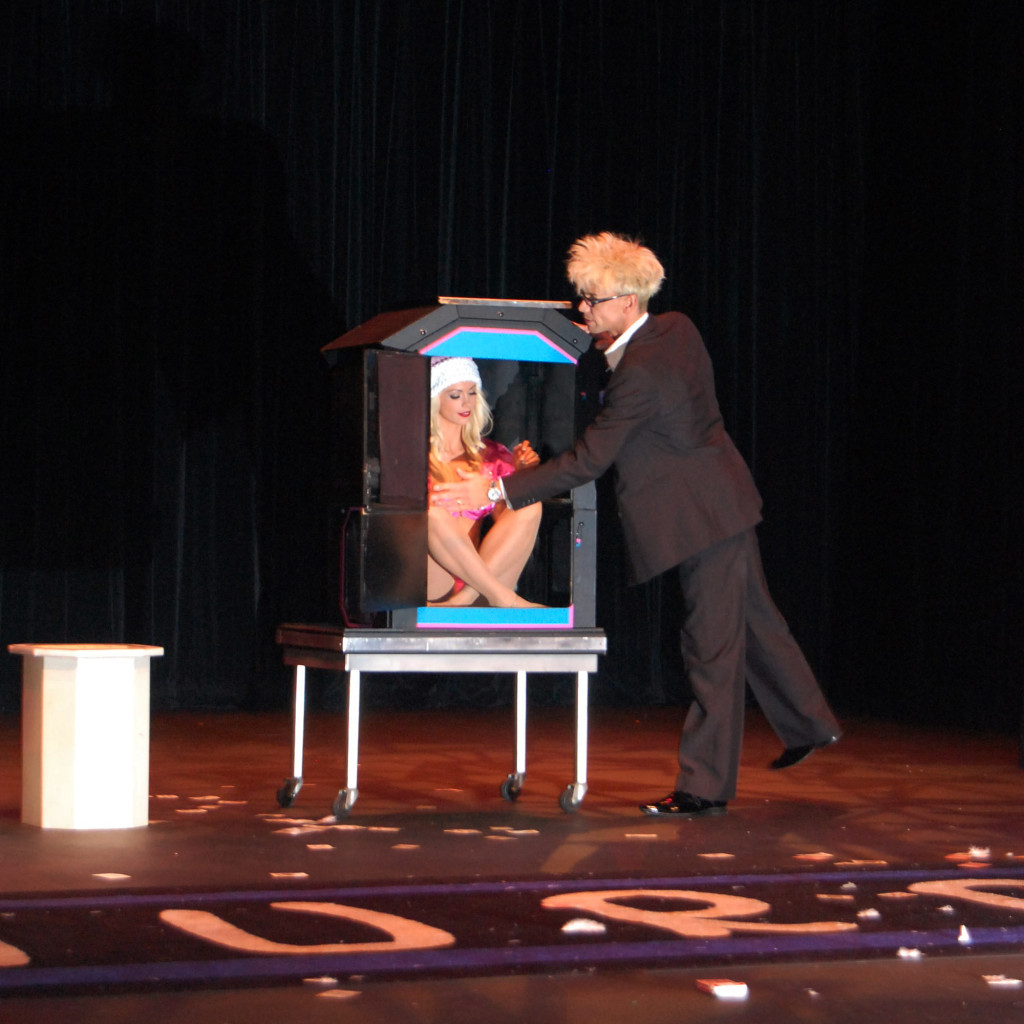‘Braid’ review
By Ryan Volkman, Contributor
4/5
Have you ever broken someone’s heart, and soon regretted it? Ever made a mistake so bad that you wished you could go back in time to fix it? In the video game world of Braid, Tim is doing just that.
At first, this game seems to be a pretty generic platform. You control Tim’s movement with the left stick on the controller and, of course, the A-button is jump. However, within Braid, you also control time. At any period during a level, you can rewind time by pressing the X-button on the controller. Enemies who were previously eliminated will reappear, levers will be deactivated—literally everything will undo itself. At each new level, new temporal manipulations will be made available to you, keeping the experience timely.
Braid never overloads you though. Instead of making the powers cumulative, each new level discards a previous power to make room for a new ability. If you could keep all of the powers, the game would be much too complicated.
Some of the puzzles are downright difficult! There’s one optional puzzle that involves waiting for hours on end for a platform to move, which moves so slowly that it appears to not move at all. I’m being literal too—this puzzle will take actual hours.
Although complexity is nice to have in a puzzle game, puzzles like these use elements that are never adequately explained. There are only a few, but they do taint the experience when you end up looking up a walkthrough online only to find a solution no one would think of.
Yet you will almost never be frustrated with Braid. The time-reversal mechanic means that you can undo all of your mistakes and start over if you mess up. If you die, the game will just pause and allow you to mend your demise. There are times when a level’s time mechanic can interfere, but areas can be reset when you re-enter the level, so you’re never doomed. Journeying through the game is worth it too, with its colourful backgrounds.
The graphics are quite wonderful to behold. Rather than having a three-dimensional environment, the game is portrayed with two-dimensional artwork drawn beautifully by David Hellman. It’s quite a breath of fresh air to see lush settings. All too often in the video game industry there is a desire to make settings dark and gritty. The art style in Braid feels downright cozy.
The story is intriguing in its minimalism. There isn’t a linear plot. The game drops you into the middle of events. There are six chapters, yet you start at chapter two. Chapter one is the last level in the game, not the first one playable. The only text in the game is in thick books scattered around with enigmatic messages. These say what Tim is thinking or experiencing before each chapter starts and they are not necessarily literal messages. The rest is shown throughout the game with heavy symbolism.
Number None Inc.’s Braid is available on Xbox 360 Live Arcade, PlayStation 3 and PC, and has been featured in the Humble Indie Bundle.
I would recommend this game to anyone who has an appreciation for a relaxing puzzler while also having a love for atmospheric plots.



